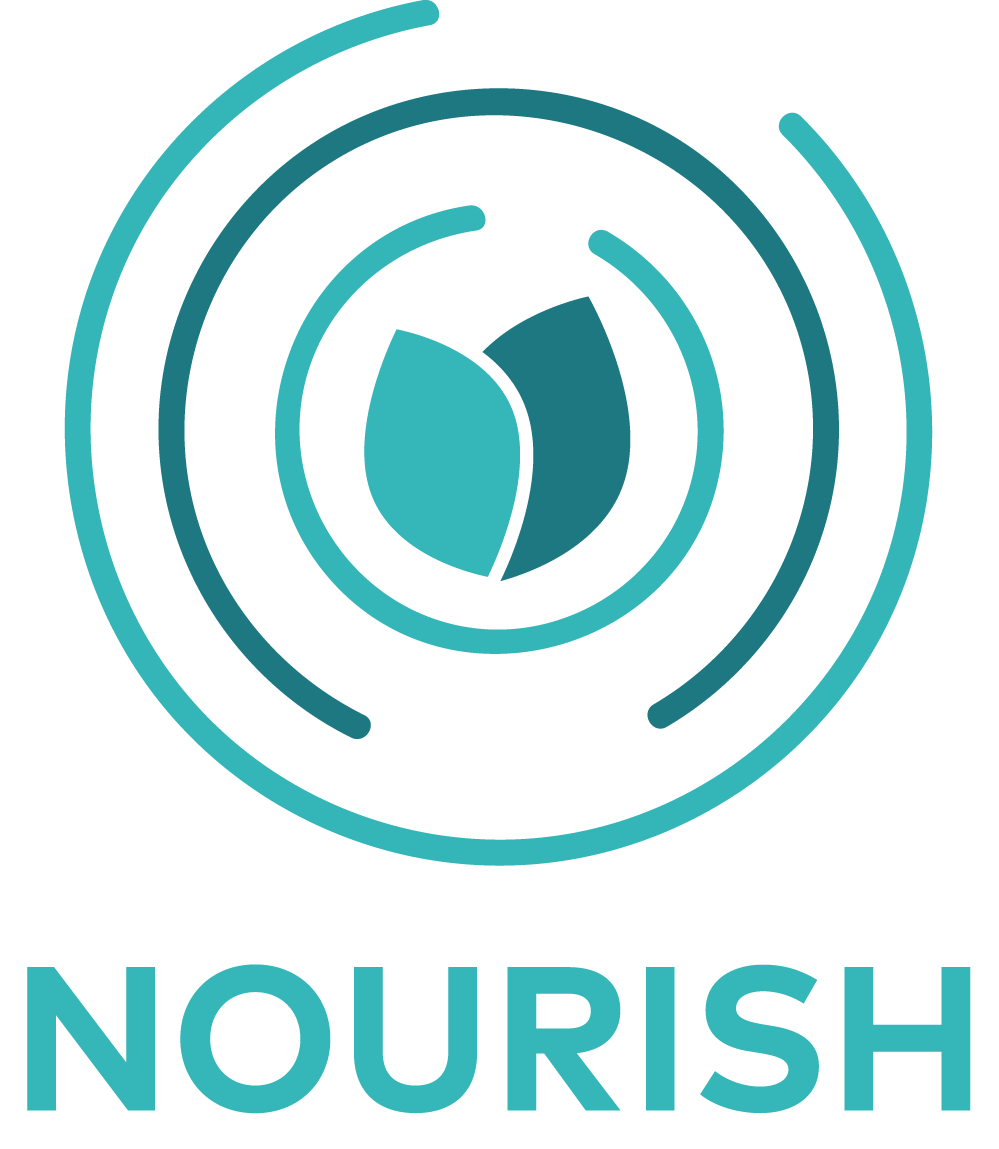By Carlota Basualdo, Laura Tkach and Danielle Barriault, Alberta Health Services, Alberta
Carlota Basualdo, Laura Tkach and Danielle Barriault work at Alberta Health Services (AHS), Canada’s first and largest province-wide, fully-integrated health system, responsible for delivering health services to over four million people living in Alberta, as well as to some residents of Saskatchewan, B.C. and the Northwest Territories. They are “Enhancing the Patient’s Meal Experience” to create an environment where “Food and Meals Matter”, and eating and enjoying meals is valued by both patients and health care teams as essential for recovery.
Patient Food Services Worker assists patient to complete their menu selections.
Not everyone equates hospitals as a place for a pleasant dining experience, but the Nutrition and Food Service (NFS) team within Alberta Health Services is aiming to change that perception! Operating food services at 107 sites, NFS aims to put patients and their families at the centre of everything they do. “By aligning with our organization’s Patient First Strategy, we are able to have a greater impact in shifting culture and creating change”, says Laura Tkach, Senior Operating Officer, Nutrition, Food Linen and Environmental Services. Through ongoing dialogue, engagement with health care teams, and sharing patient stories, AHS is elevating the importance of mealtime and optimal intake of food and beverages to support recovery and healing.
A central component to the Patient First Strategy is a commitment to engagement. Patients and families have said they want to be respected, listened to, involved in their care, and to minimize confusion. NFS achieves this in a number of ways.
NFS respects patients by offering choice and foods that meet diverse needs such as vegetarian, gluten-free, kosher and halal. Long-term care has a dining room style service and residents choose what they want to eat. In acute care, although we still have tray service, patients are given a menu to select from, and there has been an expansion of the spoken menu which makes it easier for patients to make selections.
Patients are listened to and involved through a variety of ways. “We need processes in place that allow us to really understand whether we are meeting patient and resident needs so they look forward to mealtime. We do this through resident council meetings, surveys and meal rounds”, says Heather Truber, Executive Director, Provincial Operations. Patients’ feedback highlights favourite foods and ones that are less popular, which helps with menu planning. Another example is engagement sessions with specialty groups such as Child and Youth Advisory Councils to inform pediatric menu development. There is a tension between serving healthier foods and favourite kids’ foods such as sugary cereals and hot dogs, so it was important to find out what is important to parents and children. They plan to involve Patient Advisors to understand what is important beyond food service and the environment, such as locally sourced foods and sustainability of the menu.
To minimize confusion, patients are given information about their diets, meal service and who to contact should a question arise. White boards by the patient’s bedside facilitate communication between patients and the team. This includes information about meal times, special dietary needs and assistance needed.
“The vision of Meals Matter goes beyond offering nutritious, tasty food that patients want to eat. It is also essential that the eating environment and support from the care team are focused on the patient so they can access the food and hydration required to improve nutritional status and support recovery.”
Numerous factors at mealtime can affect patients’ enjoyment, desire and ability to eat. Mealtime barriers reduce food intake and increase risk of malnutrition which impacts patients’ recovery time and ability to do the activities they enjoyed before their hospital stay. Tkach says that, “The vision of Meals Matter goes beyond offering nutritious, tasty food that patients want to eat. It is also essential that the eating environment and support from the care team are focused on the patient so they can access the food and hydration required to improve nutritional status and support recovery”.
The aim is for comments like this one from the daughter of a patient at the University of Alberta Hospital: “The food service worker, Patrick, went out of his way to befriend my mother while she stayed on 3F3 at the UAH Hospital. He would spend just a little extra time to smile and chat with mom. It is these little interactions with staff that warmed the sterile environment of the hospital and helped us cope at a stressful time”.

